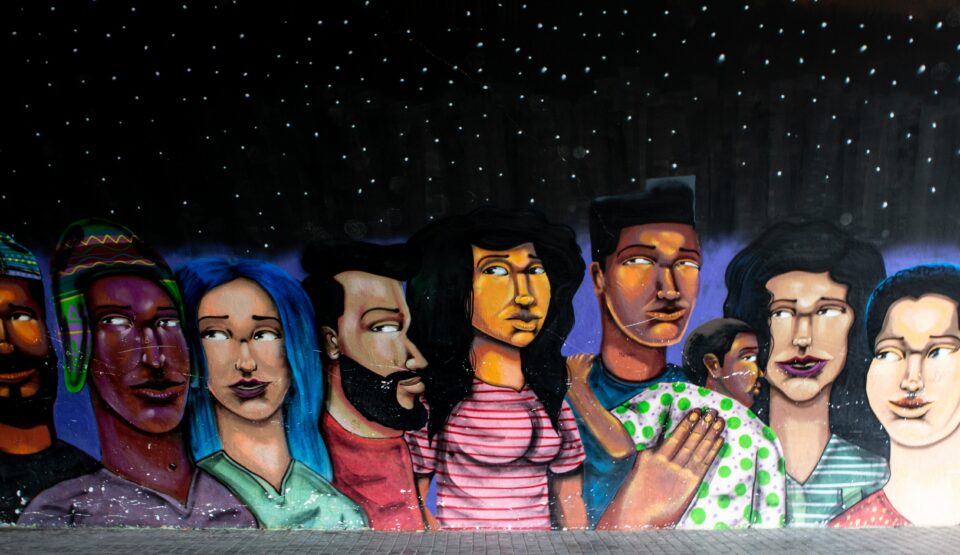There has never been a more important time for teaching and promoting equality and diversity. Over 1.5 million UK residents over the age of 16 identified as LGBT. Out of over 13 million registered disabled people currently living in the UK.
As of the year ending June 2022, there were an estimated 10,388,000 people in England and Wales who were not born in the UK. This accounts for approximately 14.8% of the total UK population. Six different religions are being practiced by various ethnic groups spread across Britain, and 18 ethnic groups are recommended for use by the UK government.
In a society so varied in terms of race, disability, and sexual orientation, is very important to support and promote equality and diversity. Even small actions can make a big impact.
Keep reading to find out how you can support diversity and inclusion in your everyday life.
Create A Sense Of Belonging
Welcoming new people into your community can go a long way toward helping someone feel included. Making a point of engaging with your neighbors, co-workers or peers enables you to stay connected with the people around you and contributes to a world that values kindness and understanding over exclusion.

Reconsider Stereotypes
Stereotypes are oversimplified images or ideas about social identity and while some may seem harmless, stereotypes are overwhelmingly inaccurate and can negatively impact decisions around employment, education, the justice system, housing, and financial services. By taking time to reconsider stereotypes internally and question whether the assumptions we are making are supported by real evidence specific to an individual, we can work to ensure everyone is valued equally.
Consider Your Actions and Reactions
Are there certain people you don’t feel quite as comfortable approaching, sitting next to, or talking to? For example, people with disabilities sometimes find people staring at them, or looking away and acting as if they’re invisible. People from several racial and religious groups also find that people avoid them on the street, lock their car doors, or clutch their belongings as they walk by.
Instead of avoiding eye contact or walking across the street, engage with people as you normally do. If it’s appropriate, include the individual in your conversation and encourage others to engage in an open, inclusive manner.

Think About Whose Voices Are (And Aren’t) Represented
When in conversations where decisions are being made or key topics are discussed, ask yourself, “Who is at the table? Whose voices are missing?” and consider ways to incorporate diverse perspectives into the discussion. If you don’t feel that diverse perspectives are being represented in your workplace, have a conversation with your manager to see if you can brainstorm solutions together.
Support Diverse Work and Ideas with Your Voice and Your Money
There are lots of people doing great work, and if you have a voice, consider being generous with how you use it to support people from underrepresented backgrounds. Seek out, read, share, and promote diverse scholarship, blog posts, achievements, business, opportunities, and efforts.

Have you also read these articles?

